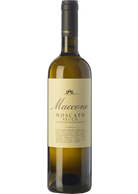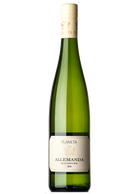Moscato Bianco
The muscat family has very ancient origins, Greek and Oriental. Muscats are aromatic grapes of great finesse and elegance, mainly white, but also black. Moscato bianco is the most common and precious type of Muscat, so much that they are used to make wines, mainly sweet, in France as well as in Italy, which can be considered its adoptive home. Moscato bianco gives a pale straw-coloured wine, with an aromatic bouquet that evokes fresh musk (hence its name), sage, peach, yellow rose. On the palate it is generally quite soft and fresh, with a characteristic bitterish finish.




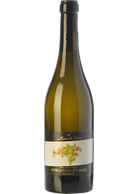
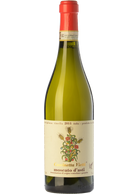
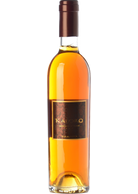

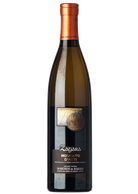
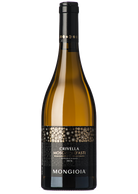
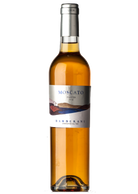
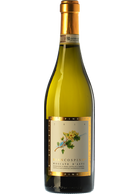
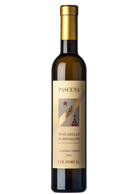
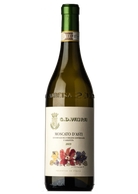


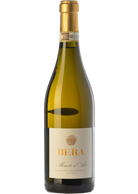
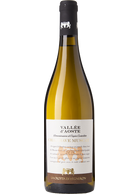


Gianni Doglia Moscato d'Asti Casa di Bianca 2023
BIO

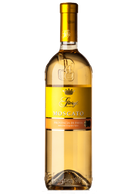
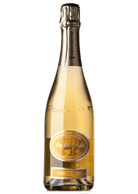
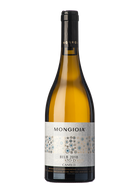
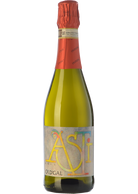
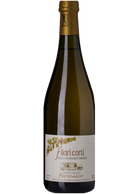

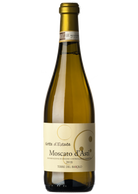
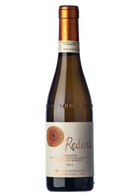
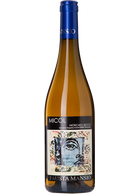
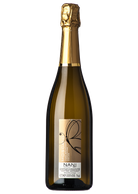
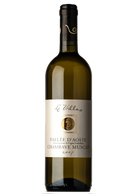
Moscato Bianco
The muscat family has very ancient origins, Greek and Oriental. Muscats are aromatic grapes of great finesse and elegance, mainly white, but also black. Moscato bianco is the most common and precious type of Muscat, so much that they are used to make wines, mainly sweet, in France as well as in Italy, which can be considered its adoptive home. Moscato bianco gives a pale straw-coloured wine, with an aromatic bouquet that evokes fresh musk (hence its name), sage, peach, yellow rose. On the palate it is generally quite soft and fresh, with a characteristic bitterish finish.
Moscato Bianco contributes to the production of Moscato d'Asti DOCG, a typical sweet sparkling Piedmontese wine produced by blocking the fermentation of the must in autoclaves and thus obtaining light froth, good residual sugar and low alcohol content, excellent as an aperitif or to accompany simple pastries, for example Christmas ones. Moscato bianco also excels as a passito, giving a more concentrated, mineral, enveloping product, although always with a nice almond return and intoxicating aromatic scents of flowers. This type is still excellent in Piedmont, in the Loazzolo DOC, and in Valle d’Aosta.
Excellent moscato bianco can also be found in Oltrepò Pavese, Alto Adige and Veneto, but it is also found in the central regions, where with a slight withering or late harvest it gives life to Moscadello di Montalcino, and in the south, with Moscato di Cagliari, Moscato molisano and Moscato pugliese, often called "royal", whose highest expression is probably the Moscato di Trani, as far as Sicily, where between Syracuse and Noto the Moscato bianco is withered with excellent results for iodine, saline, mineral and vegetable complexity, as well as for Mediterranean nectar concentration.
Moscato bianco, of course, can also be vinified dry, obtaining a wine of intense aroma, with sweet notes, but fresh, sapid and almond on the palate. An excellent example, in Lazio, is moscato di Terracina, which is probably a local adaptation of Moscato bianco and which, in turn, can also be subjected to withering with very convincing results.



